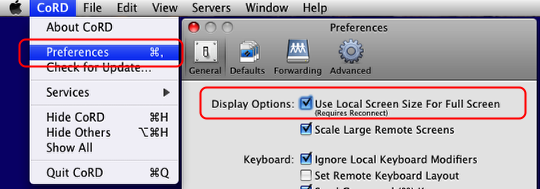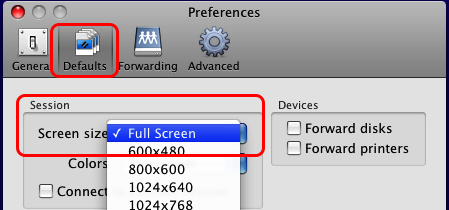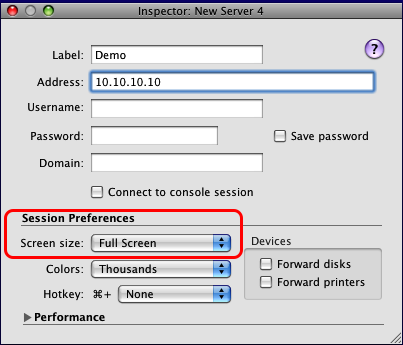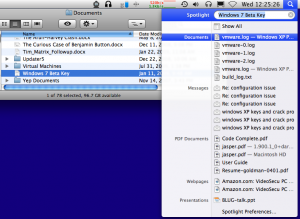Category Archives: Uncategorized
On Mental Inertia
Mental inertia is our tendency to hold on to an idea, sometimes fiercely, in spite of all evidence to the contrary. Is the idea new? Is it real or is it just stubbornness? Can it be treated in others? Can we treat ourselves?
Well, it’s not new…
The human understanding when it has once adopted an opinion (either as being the received opinion or as being agreeable to itself) draws all things else to support and agree with it. And though there be a greater number and weight of instances to be found on the other side, yet these it either neglects and despises, or else by some distinction sets aside and rejects, in order that by this great and pernicious predetermination the authority of its former conclusions may remain inviolate. — Sir Francis Bacon Aphorism 46,’ Novum Organum, Book I (1620)
and apparently, it’s not just stubbornness…
There are two competing ideas on the process that governs the formation and maintenance of beliefs: 1) people maintain a belief because they have limited access to opposing beliefs, or 2) because they actively filter information in a way that avoids conflicting views. A new meta-analysis of past studies confirms the existence of active avoidance; when people are offered an opposing viewpoint, they will ignore it in favor of a supportive viewpoint in two out of three instances. — Ars Technica Study: choir prefers being preached to by 2:1 margin
That study revealed things that most of us have noticed to be true: more “close-minded” people tend to prefer their bias more than others and bias increases with age.
Can it be treated in others?
Unfortunately, the study only confirmed that the effect is real, but can say nothing of how it works. What it says, to me based on my own experiences with highly polarized people, is that the harder you hit someone with an opposing viewpoint, the more resolutely they will dig their mental feet in the ground. A long term, subtle approach may be the only effective means. And what is worse, it seems that the longer and more subtler the approach, the better the results with the highly annoying side effect that it takes a long time.
This reminds me of a tactic used in corporate meetings, but that could really apply anywhere. If you wish to get an opponent to take your idea, often it is best to suggest the idea as though it came from the opponent and then to remark on what a fabulous idea it is. More often than not, people’s vanity will work in your favor. No one likes to admit they were wrong even when the idea was never really theirs to begin with.
Can we treat ourselves?
The first step to solving a problem, is admitting that you have one. We all have firm ideas, and future research will probably lend insight as to why we all suffer from Mental Inertia. The only effective self-treatment is to try to be conscious of it. Associate your displeasure with other people’s stubbornness with Mental Inertia. It’ll help us all to realize when we’re guilty ourselves.
So, should we abandon all of our firmly held beliefs? No, by all means, hold them dear, just be willing to honestly listen to new and contrary ideas.
Right-Clicking in CoRD
Noticed yesterday that trying to right click using a touchpad was not working correctly with CoRD. The trick?
Right-Clicking From Cory Foy:
do a “Shift-Ctrl-Click†to access all the Right-Click goodness
Using CoRD Full Screen
CoRD is a great Windows Remote Desktop client, however, it can be a little confusing to use in Full Screen mode. The trick is to start in Full Screen mode. Then, you can switch back-and-forth at will. If you start in Windowed mode, it will disconnect when you try to connect Full Screen. I think this is due to a single resolution being negotiated on startup. So, in the former mode, it scales down from Full Screen to use a windowed mode.
CoRD – Use Local Screen Size

First things first, tell CoRD to use your local screen size for full screen if it’s not already set in the Preferences.
CoRD – Set Servers to Start Full Screen By Default

If you’d like the full screen behavior by default for all new servers and connections you can set it here.
CoRD – Set a Server to Start Full Screen

Or if you just want full screen on a case-by-case basis, set it on each individual server.
One Reason to Dislike Spotlight
It doesn’t do what it is supposed to do.

94 Mbps

tar -c Ubuntu-8.10.vmwarevm | ssh user@mymac.ip -- tar -x
I would have normally used scp to do the transfer, but had read ssh + tar was much faster due to scp’s implementation being inefficient. Guess, it’s true. Rock on, folks.
Pesky Content Filters
Sometimes companies can have some over zealous content filtering web-proxies/firewalls. To combat this, I’ve used this little SOCKS proxy called nylon in the past. Run it on your own Linux machine like so:
nylon -f -a company_ip
I like to run it in the foreground so I don’t forget to turn it off. Another note is that for some reason I wasn’t able to get nylon to work with Firefox unless I told Firefox to use the older SOCKS v4 protocol. Nylon hasn’t been updated in a couple of years, perhaps it has a v5 bug?
Another option that I haven’t tried, but appears to work with windows as well is 3proxy (with the world’s worst website).
Finally, the two solutions above can give you full internet access and not just web pages. However, viewing web pages through a proxy in this manner can be quite sluggish, so it might be worth your time to use squid as your web proxy since it caches content.
Here’s to freedom.